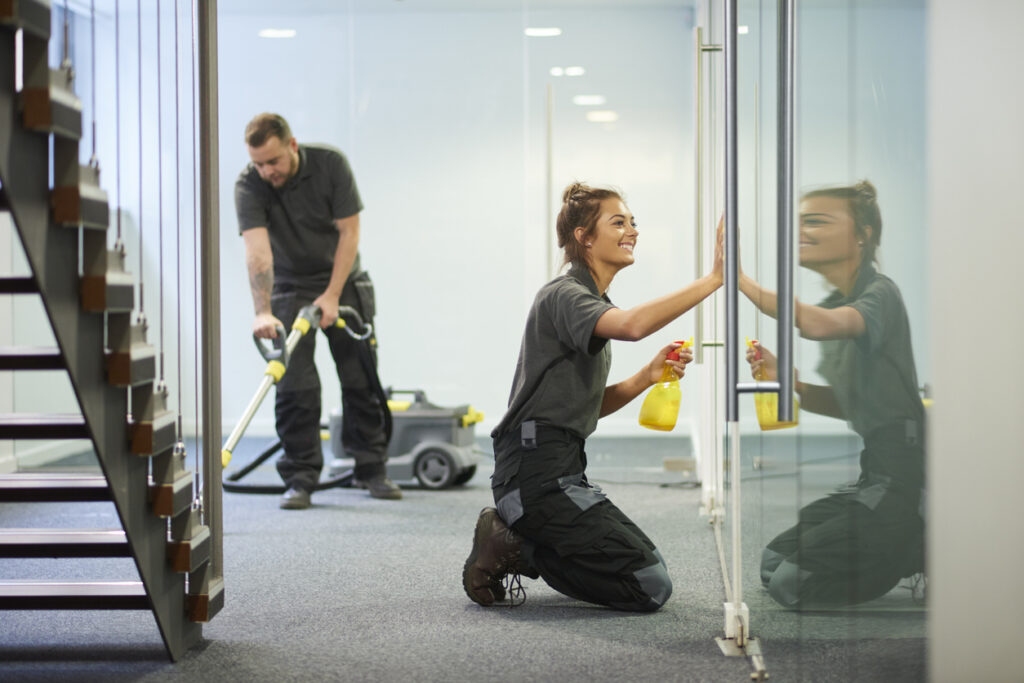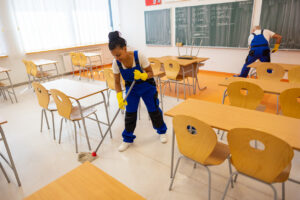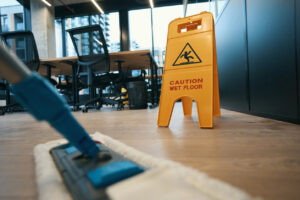Cleaning is often one of the largest areas of spend for schools, colleges, hospitals and healthcare sites – and yet, in many cases, it isn’t always subject to the same level of scrutiny as catering or facilities. With labour accounting for 80-85% of cleaning costs, even small resourcing inefficiencies can have a big impact.
In some settings, cleaning goes beyond just keeping the facilities hygienic and clean. In boarding schools for example, cleaners often go above and beyond their core duties. They’re a regular presence for students, offering a friendly face, checking in on wellbeing, sometimes even helping with laundry or making beds. These contributions are incredibly valuable – but this also makes it difficult to accurately calculate how much time is spent on actual cleaning versus other tasks.
Right amount of labour, wrong deployment
One of the most common challenges we see is that organisations may have the right amount of labour overall, but the resource isn’t deployed in the best way. A detailed labour-mapping exercise can highlight how redeployment or redistribution of hours creates a more balanced and consistent service.
In some cases, this reveals significant potential savings. In others, it shows where excess hours could be redirected to build resilience into the staffing model – for example, introducing floating cleaners who can cover absences or peak periods.
Benchmarking provides organisations with a clear, evidence-based view of what can be achieved in terms of productivity and service quality. For some schools or healthcare sites, the outcome may be a decision not to replace staff when they leave. For others, it may highlight an opportunity to professionalise the service – whether that’s through improved in-house management or by partnering with an experienced contractor.
The outsourcing question
Outsourcing isn’t always the answer, especially in education settings where the pastoral role of cleaners – particularly in boarding houses – is highly valued. However, a hybrid model can provide the best of both worlds; keeping boarding house cleaners on the school payroll while outsourcing the school building cleaning and the training and technical advice to a specialist provider. This ensures pastoral support is maintained while benefiting from professional standards, consistency, and scalability.
The same challenges apply beyond schools. In hospitals and healthcare sites, cleaning is directly linked to infection control and patient safety. Here too, benchmarking helps ensure that resource levels are both cost-efficient and aligned with the highest standards of service.
More than cutting costs
Whether in education or healthcare, cleaning benchmarking is about more than cutting costs. It’s about optimising resources, improving resilience, and ensuring the highest standards of cleanliness and care. By understanding exactly how resources are being used, organisations can make better-informed decisions – balancing financial pressures with the wellbeing of those they serve.
Here at Litmus we bring an impartial perspective, combining deep sector knowledge with tried-and-tested benchmarking tools. We can provide organisations with clear insight, actionable recommendations, and a roadmap for a more efficient and effective cleaning operation.
If you’d like to know how your cleaning operations compare – and whether resources could be deployed more effectively – get in touch with us here.
The Litmus team



